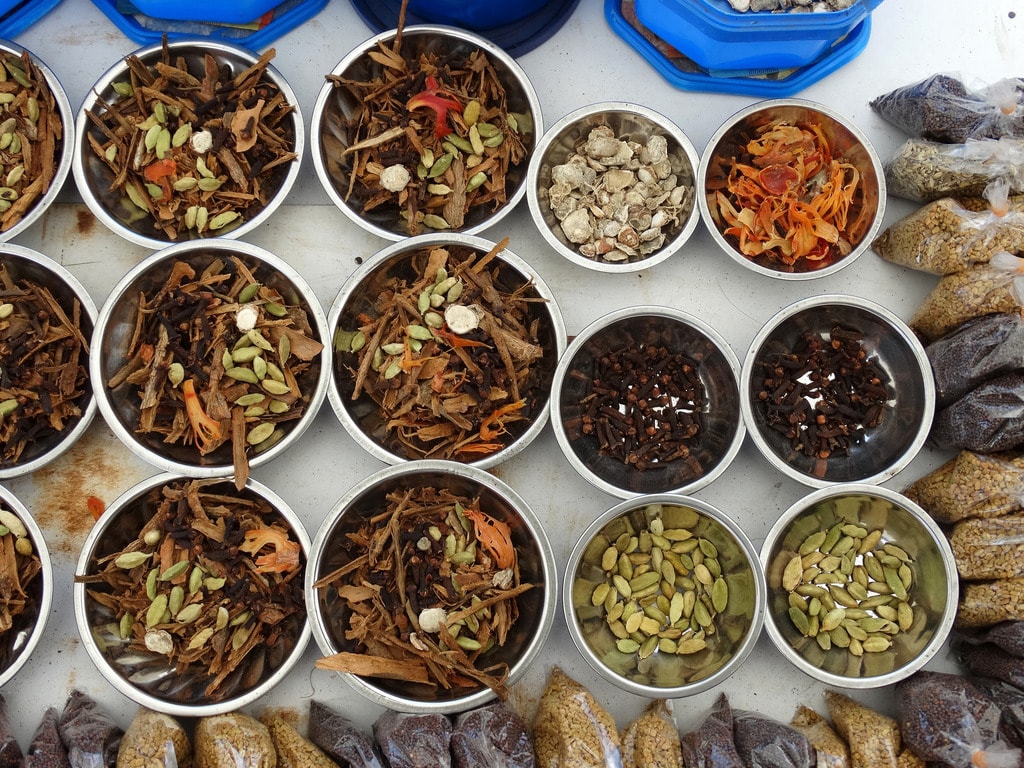Sri Lankan Spices vs. Global Spices: What Makes Them Unique?

Sri Lanka, often called the “Spice Island,” has been a global spice hub for centuries. Its lush landscapes, tropical climate, and fertile soil create the perfect conditions for growing some of the world’s most sought-after spices. But what makes Sri Lankan spices stand out from those grown in other parts of the world? In this article, we’ll explore the unique qualities of Ceylon spices, compare them to global varieties, and explain why international buyers and food bloggers can’t get enough of them.
Sri Lanka’s Spice Heritage
Sri Lanka’s spice trade dates back over 2,000 years, with ancient traders from Arabia, Europe, and Asia flocking to the island for its precious spices. The country’s strategic location along the maritime Silk Road made it a central player in the global spice trade.
Key Highlights:
- Historical Significance: Sri Lankan spices like cinnamon, pepper, and cardamom were once considered more valuable than gold.
- Geographical Advantage: The island’s tropical climate, abundant rainfall, and rich soil create ideal conditions for spice cultivation.
Unique Qualities of Sri Lankan Spices
Sri Lankan spices are renowned for their exceptional quality, flavor, and health benefits. Here’s what sets them apart:
1. Rich and Intense Flavors
- Sri Lankan spices are known for their bold, aromatic profiles.
- For example, Ceylon cinnamon has a sweet, delicate flavor, while Sri Lankan black pepper boasts citrusy notes.
2. Purity and Authenticity
- Many Sri Lankan spices are grown organically, free from artificial additives.
- The country’s traditional farming methods ensure that spices retain their natural qualities.
3. Health Benefits
- Sri Lankan spices are packed with essential oils, antioxidants, and medicinal properties.
- For instance, Ceylon turmeric has higher curcumin content, making it a powerful anti-inflammatory agent.
4. Sustainability
- Sri Lankan farmers prioritize eco-friendly practices, such as intercropping and natural pest control.
- This commitment to sustainability ensures that spices are not only high-quality but also environmentally friendly.
Sri Lankan Spices vs. Global Spices
How do Sri Lankan spices compare to those from other countries? Let’s break it down:
1. Ceylon Cinnamon vs. Cassia Cinnamon
- Ceylon Cinnamon:
- Sweet, delicate flavor.
- Lower coumarin content, making it safer for regular consumption.
- Cassia Cinnamon (Common in China and Indonesia):
- Stronger, spicier flavor.
- Higher coumarin levels, which can be harmful in large quantities.
2. Sri Lankan Black Pepper vs. Indian or Vietnamese Pepper
- Sri Lankan Black Pepper:
- Bold, citrusy notes with a hint of floral aroma.
- Known for its high piperine content, enhancing its health benefits.
- Indian or Vietnamese Pepper:
- Earthy, pungent flavor.
- Often less aromatic compared to Sri Lankan varieties.
3. Ceylon Cardamom vs. Indian or Guatemalan Cardamom
- Ceylon Cardamom:
- Floral, slightly sweet flavor.
- Smaller pods with a more intense aroma.
- Indian or Guatemalan Cardamom:
- Pungent, camphor-like flavor.
- Larger pods but less aromatic.
4. Sri Lankan Turmeric vs. Indian Turmeric
- Sri Lankan Turmeric:
- Bright yellow color with higher curcumin content.
- Stronger anti-inflammatory and antioxidant properties.
- Indian Turmeric:
- Duller color with lower curcumin levels.
- Often mixed with fillers or artificial additives.
Why International Buyers and Food Bloggers Love Sri Lankan Spices
Sri Lankan spices have earned a loyal following among international buyers and food bloggers. Here’s why:
1. Culinary Versatility
- Sri Lankan spices can elevate a wide range of dishes, from curries and stews to desserts and beverages.
- For example, Ceylon cinnamon is a star ingredient in both savory dishes and sweet treats like cinnamon rolls.
2. Global Recognition
- Renowned chefs and food bloggers often praise Sri Lankan spices for their quality and flavor.
- Testimonials highlight their ability to transform ordinary recipes into extraordinary culinary experiences.
3. Export Quality
- Sri Lanka adheres to strict international quality standards, ensuring that spices are pure, authentic, and free from contaminants.
- This commitment to quality has made Ceylon spices a trusted choice for global buyers.
How to Identify Authentic Sri Lankan Spices
With so many counterfeit products on the market, it’s essential to know how to spot genuine Sri Lankan spices. Here are some tips:
1. Labels to Look For
- Certifications like “Ceylon Cinnamon” or “Pure Sri Lankan Spices.”
- Geographical Indication (GI) tags that guarantee origin and quality.
2. Buying Tips
- Purchase from trusted suppliers or platforms like vagaa.lk.
- Look for spices with vibrant colors and strong aromas, as these are indicators of freshness.
3. Avoiding Fakes
- Be wary of unusually low prices, as they may indicate adulteration.
- Check for consistency in texture and color, which can reveal the presence of fillers.
Conclusion
Sri Lankan spices are more than just ingredients—they’re a testament to the island’s rich heritage, natural bounty, and commitment to quality. From the sweet, delicate notes of Ceylon cinnamon to the bold, citrusy flavors of Sri Lankan black pepper, these spices offer a unique culinary experience that’s hard to match.
Whether you’re an international buyer, a food blogger, or simply a spice enthusiast, Sri Lankan spices are a must-try. So, why not explore the flavors of Ceylon and elevate your cooking to new heights?
Contacts us Vagaa.lk to explore our premium collection of Sri Lankan spices today!.

